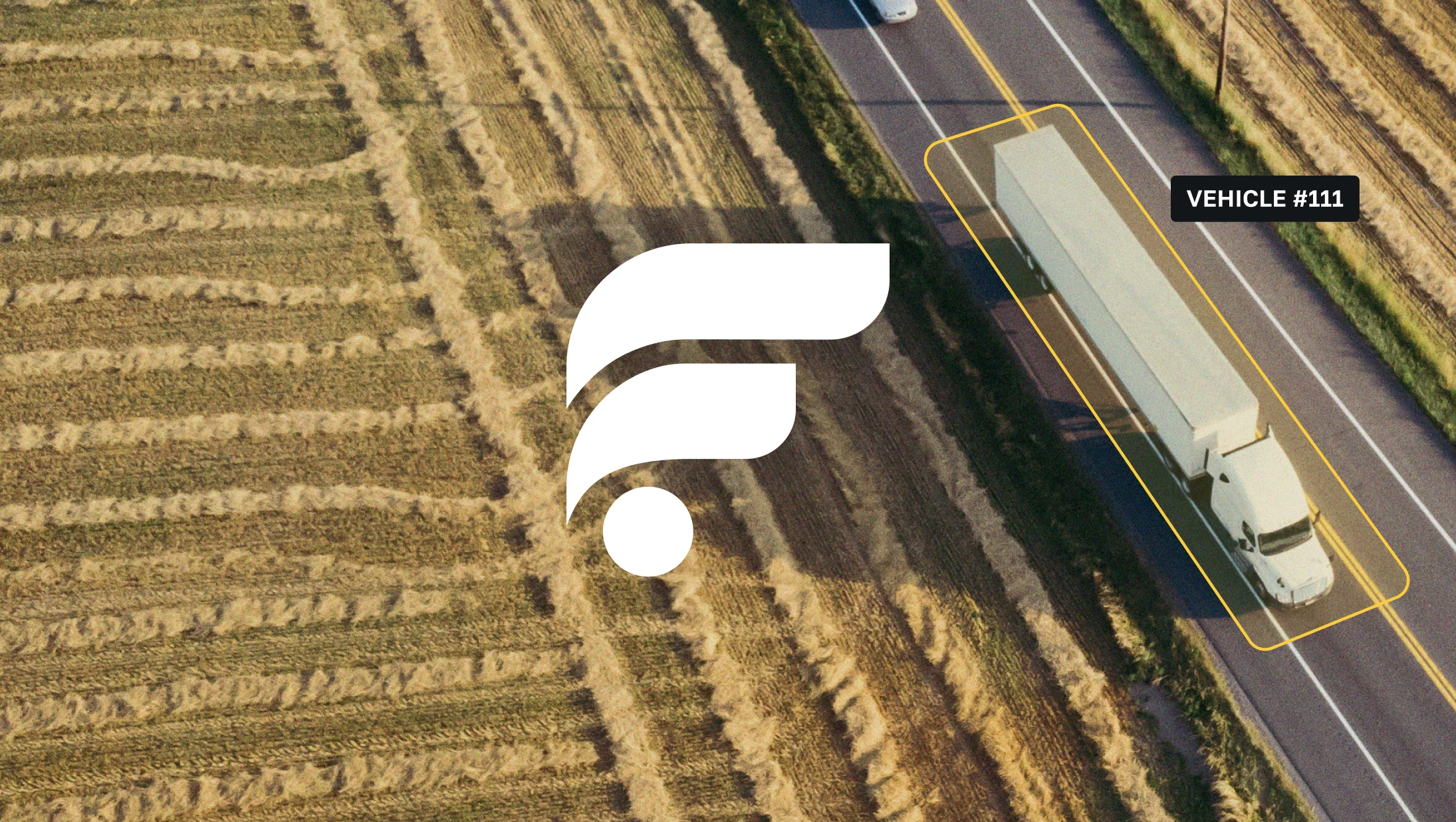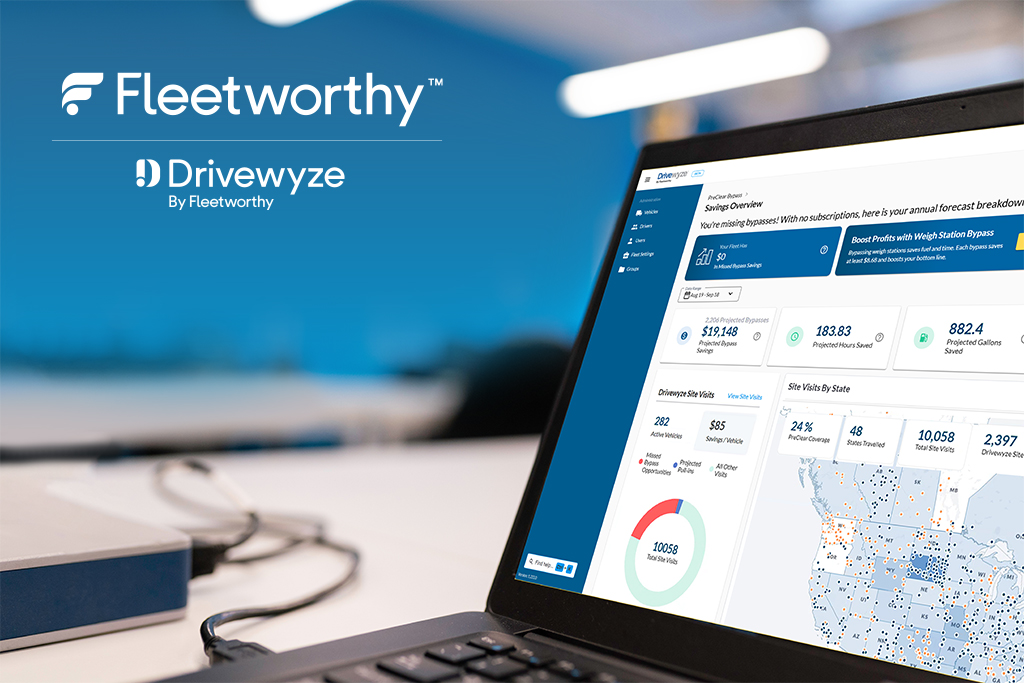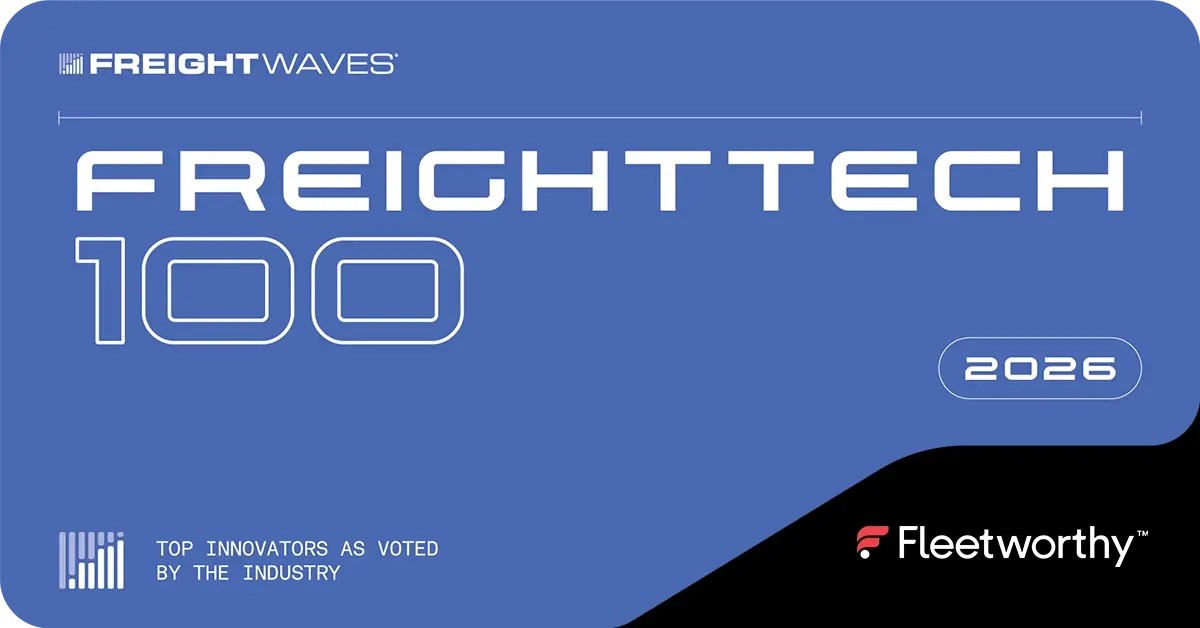Operating a commercial motor vehicle (CMV) fleet comes with significant regulatory responsibilities—none more important than ensuring your drivers meet all Department of Transportation (DOT) requirements. These regulations, enforced primarily by the Federal Motor Carrier Safety Administration (FMCSA), are designed to safeguard not only the health and safety of professional drivers but also the public who shares the road with them.
For fleet managers, understanding DOT driver requirements is essential to maintaining operational integrity, minimizing liability, and avoiding costly violations. These rules encompass everything from driver qualifications and medical fitness to drug and alcohol testing, hours-of-service compliance, and ongoing recordkeeping.
Failure to comply can result in severe penalties: DOT audits may lead to fines, out-of-service orders, or even suspension of operating authority. More importantly, neglecting these requirements can increase the risk of accidents, damage your company’s safety rating, and undermine your reputation with clients and insurers.
In an era of heightened enforcement and public scrutiny, fleet managers play a pivotal role in building a culture of compliance. This guide is designed to equip you with a clear, comprehensive understanding of what’s required by law—and how to implement practical systems and tools that keep your drivers and company in full compliance.
Whether you’re managing a small regional fleet or overseeing hundreds of vehicles across states, mastering DOT driver requirements is foundational to running a safe, efficient, and compliant operation.
Who Needs to Comply with DOT Driver Requirements?
Understanding who is subject to DOT driver requirements is a critical first step for any fleet manager. DOT compliance isn’t just for long-haul truckers—it applies to a wide range of commercial operations and vehicle types, both large and small.
Definition of a Commercial Motor Vehicle (CMV)
According to the Federal Motor Carrier Safety Regulations (FMCSR) §390.5, a Commercial Motor Vehicle (CMV) is defined as any self-propelled or towed motor vehicle used on a highway in interstate commerce to transport passengers or property when the vehicle:
- Has a gross vehicle weight rating (GVWR) or gross combination weight rating (GCWR) of 10,001 pounds or more.
- Is designed to transport more than 8 passengers (including the driver) for compensation.
- Is designed to transport more than 15 passengers (including the driver) not for compensation.
- Is used to transport hazardous materials in quantities requiring placarding under DOT regulations.
This definition is critical because it determines whether a vehicle and its driver are subject to the full scope of FMCSA regulations, including qualification, hours-of-service, inspection, and maintenance requirements.
Applicability: Intrastate vs. Interstate Operations
DOT rules generally apply to vehicles engaged in interstate commerce—that is, transporting goods or passengers across state lines or involved in trade, traffic, or transportation originating in one state and terminating in another. However, many states have adopted similar regulations for intrastate commerce, applying FMCSA-style requirements to in-state operations.
Fleet managers must assess:
- Where the vehicle operates (interstate vs. intrastate).
- State-specific DOT regulations, which may mirror or modify federal requirements.
- Whether your state mandates DOT Numbers or CDL rules for intrastate-only fleets.
Failing to recognize interstate status (even unintentionally) can put a fleet at risk of non-compliance.
Types of Drivers: CDL and Non-CDL (Still DOT-Regulated)
There’s a common misconception that DOT requirements only apply to CDL (Commercial Driver’s License) holders. In reality, non-CDL drivers can also fall under DOT regulations if they operate a CMV as defined above.
CDL Drivers
Drivers must hold a CDL if they operate:
- A single vehicle with a GVWR of 26,001 lbs or more.
- A combination vehicle (towing unit + trailer) with a GCWR of 26,001 lbs or more and the trailer is over 10,000 lbs.
- A vehicle transporting 16+ passengers including the driver.
- A vehicle transporting hazardous materials that require placarding.
These drivers are subject to a broader set of DOT rules, including Drug & Alcohol Clearinghouse participation, pre-employment drug testing, and specific endorsements.
Non-CDL Drivers
Even if a driver doesn’t require a CDL, they may still be:
- Operating a CMV over 10,001 lbs.
- Hauling regulated materials or commercial goods.
- Subject to driver qualification file (DQ file) requirements.
- Required to follow hours-of-service (HOS) and vehicle inspection rules.
For example, a landscaper hauling a trailer with equipment that pushes the combined vehicle weight over 10,001 lbs is technically operating a CMV under FMCSA guidelines—even if a CDL is not required.
If your company operates vehicles that meet FMCSA’s definition of a CMV, even for local or short-haul purposes, your drivers are likely subject to DOT regulations—regardless of whether they hold a CDL. It’s your responsibility to assess every driver-vehicle scenario and implement the right compliance measures.
Core DOT Driver Qualification Requirements
To ensure only safe, qualified individuals operate commercial motor vehicles, the DOT and FMCSA mandate a strict set of driver qualification standards. Fleet managers must verify these requirements are met before a driver operates a CMV and must maintain ongoing compliance throughout the driver’s employment.
A. Age and Licensing
Minimum Age
- 18 years old: Drivers may operate a CMV only within a single state (intrastate) if permitted by state law.
- 21 years old: Required for interstate operations, transportation of hazardous materials, or operation of vehicles requiring a CDL under federal law.
Licensing Requirements
- A driver must have a valid state-issued driver’s license appropriate for the type of vehicle being driven.
- Commercial Driver’s License (CDL) is required for:
- Vehicles with GVWR of 26,001 lbs or more
- Combination vehicles exceeding a GCWR of 26,001 lbs with a trailer over 10,000 lbs
- Passenger vehicles designed to transport 16+ people (including the driver)
- Placarded hazardous materials vehicles
CDL Endorsements
- Drivers may require additional endorsements depending on their vehicle or cargo, such as:
- H (Hazardous Materials)
- P (Passenger)
- T (Double/Triple Trailers)
- N (Tank Vehicles)
- Each endorsement has specific training, testing, and background check requirements.
B. Medical Certification
DOT Physical Exam Requirements
- Drivers must pass a DOT physical examination to verify they are medically qualified to operate a CMV.
- The exam evaluates:
- Vision, hearing, blood pressure
- Cardiovascular, neurological, respiratory health
- Diabetes, substance use, and musculoskeletal conditions
FMCSA-Certified Medical Examiner
- Exams must be conducted by a provider listed on the National Registry of Certified Medical Examiners (NRCME).
- Fleet managers must ensure all medical cards come from registered professionals.
Medical Certificate Validity and Tracking
- Certificates are typically valid for 2 years, but may be issued for less time depending on the driver’s health.
- Employers must:
- Maintain a copy of the certificate in the DQ file
- Track expiration dates and ensure timely renewals
- Ensure medical status is correctly submitted to the driver’s State Driver Licensing Agency (SDLA)
C. Driver Application & Background Checks
Employment Application Specifics
- DOT requires a detailed application with:
- Previous employment for the last 3 years (and 7 years for CDL holders)
- Explanation of any employment gaps
- Driving experience and license history
- List of traffic violations and accidents
Safety Performance History (SPH) Inquiry
- Employers must conduct a SPH inquiry into the driver’s past 3 years of:
- Drug and alcohol testing results
- Accidents and safety violations
- This inquiry must be completed within 30 days of employment and documented in the DQ file.
Previous Employer Checks and Consent Forms
- Written consent from the driver is required to contact prior employers.
- If a response is not received, documentation of attempts must be kept.
- Failure to obtain proper history may result in audit findings or safety score impacts.
D. Motor Vehicle Record (MVR)
Initial and Annual Review Requirements
- An initial MVR must be obtained from every state where the driver held a license in the past 3 years before driving.
- An annual MVR review must be conducted to assess continued driver eligibility.
Disqualification Triggers
Drivers may be disqualified for:
- DUI/DWI convictions
- License suspensions or revocations
- Serious traffic violations, including reckless driving, excessive speeding, or following too closely
- Operating a CMV while disqualified
- Refusal to submit to alcohol or drug testing
Fleet managers must:
- Document annual MVR reviews in the DQ file
- Take action if disqualifying events occur
E. Drug and Alcohol Testing
DOT mandates a strict testing program under 49 CFR Part 382, applying to CDL drivers operating CMVs on public roads.
Required Testing Types
- Pre-Employment: Must test negative for controlled substances before performing safety-sensitive functions.
- Random Testing: Minimum 50% of CDL drivers must be tested for drugs and 10% for alcohol annually (subject to annual FMCSA review).
- Post-Accident Testing: Required after certain DOT-qualifying accidents, depending on injury/fatality and citations.
- Reasonable Suspicion Testing: Supervisors must be trained to recognize signs of impairment.
- Return-to-Duty and Follow-Up Testing: For drivers who previously violated drug and alcohol policies.
FMCSA Drug & Alcohol Clearinghouse
- Employers must:
- Query the Clearinghouse during the hiring process and annually thereafter
- Report violations and test refusals
- Obtain driver consent for queries
- Failure to comply can result in fines up to $5,833 per violation (2025 indexed rate).
Key Takeaways for Fleet Managers
- Always verify and document each driver’s qualifications before dispatch.
- Use compliance management tools to automate tracking of medical certificates, MVRs, and Clearinghouse queries.
- Train HR and safety teams to follow a standardized qualification process to reduce audit risk and improve driver safety.
Make DOT Driver Compliance Effortless with Fleetworthy
Staying DOT-compliant means keeping your drivers qualified and your fleet safe—but managing complex driver qualifications, medical certifications, MVR checks, and drug and alcohol testing manually can overwhelm even the most seasoned fleet manager.
Fleetworthy simplifies vehicle and driver compliance, providing digital management of driver qualification files, automated tracking of DOT medical certificates, streamlined MVR reviews, and seamless integration with the FMCSA Drug and Alcohol Clearinghouse. Leverage Fleetworthy’s advanced platform to reduce compliance risks, cut administrative burdens, and enhance road safety.Take control of your fleet compliance today—request a demo and discover how Fleetworthy helps you manage regulatory complexity with ease.




